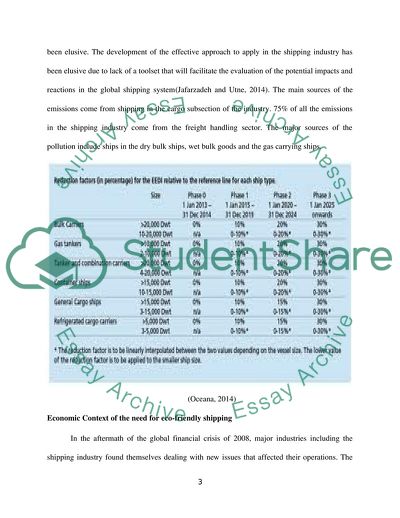Cite this document
(LOW CARBON SHIPPING Coursework Example | Topics and Well Written Essays - 2000 words, n.d.)
LOW CARBON SHIPPING Coursework Example | Topics and Well Written Essays - 2000 words. https://studentshare.org/engineering-and-construction/1830740-low-carbon-shipping
LOW CARBON SHIPPING Coursework Example | Topics and Well Written Essays - 2000 words. https://studentshare.org/engineering-and-construction/1830740-low-carbon-shipping
(LOW CARBON SHIPPING Coursework Example | Topics and Well Written Essays - 2000 Words)
LOW CARBON SHIPPING Coursework Example | Topics and Well Written Essays - 2000 Words. https://studentshare.org/engineering-and-construction/1830740-low-carbon-shipping.
LOW CARBON SHIPPING Coursework Example | Topics and Well Written Essays - 2000 Words. https://studentshare.org/engineering-and-construction/1830740-low-carbon-shipping.
“LOW CARBON SHIPPING Coursework Example | Topics and Well Written Essays - 2000 Words”. https://studentshare.org/engineering-and-construction/1830740-low-carbon-shipping.


